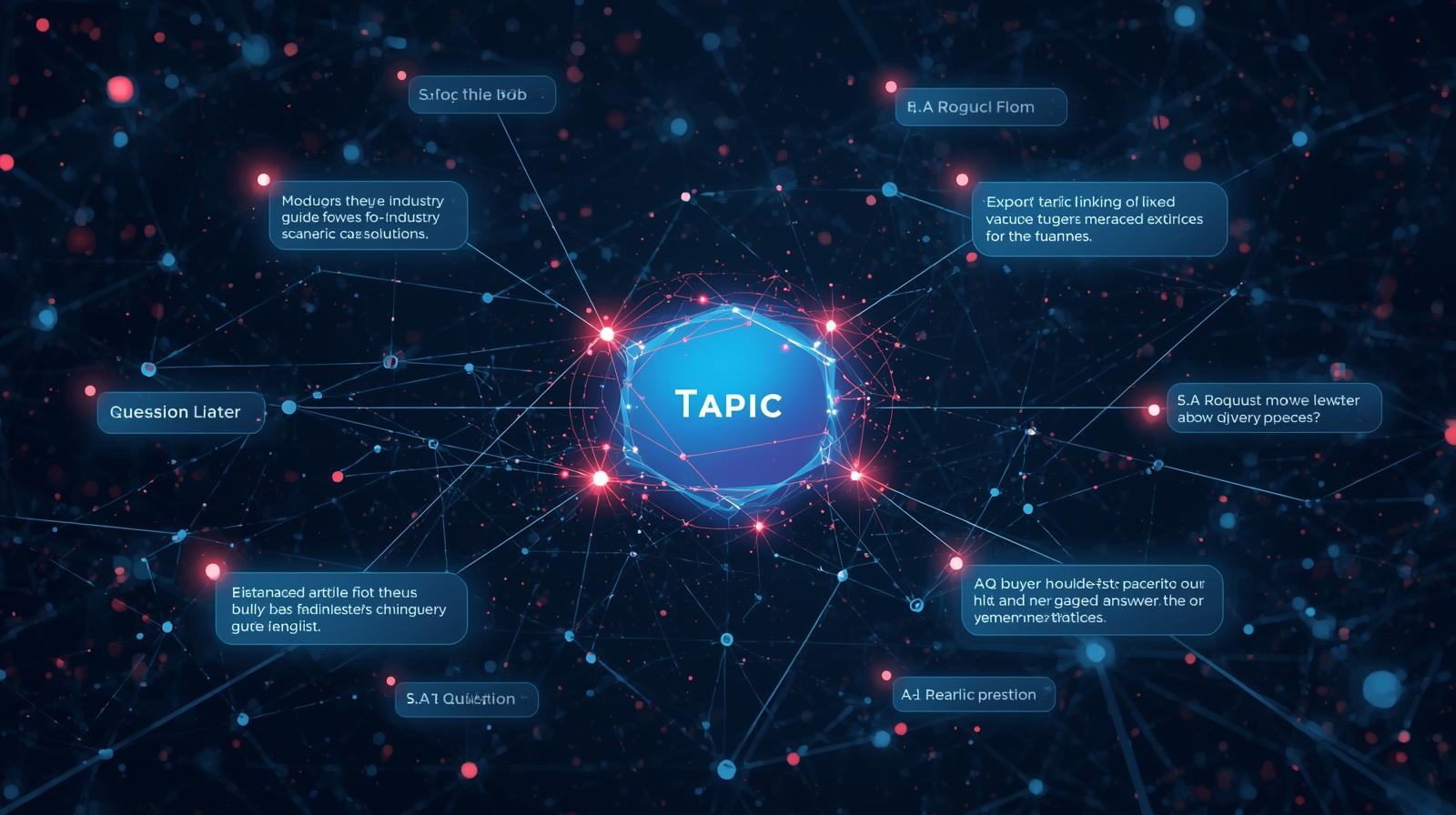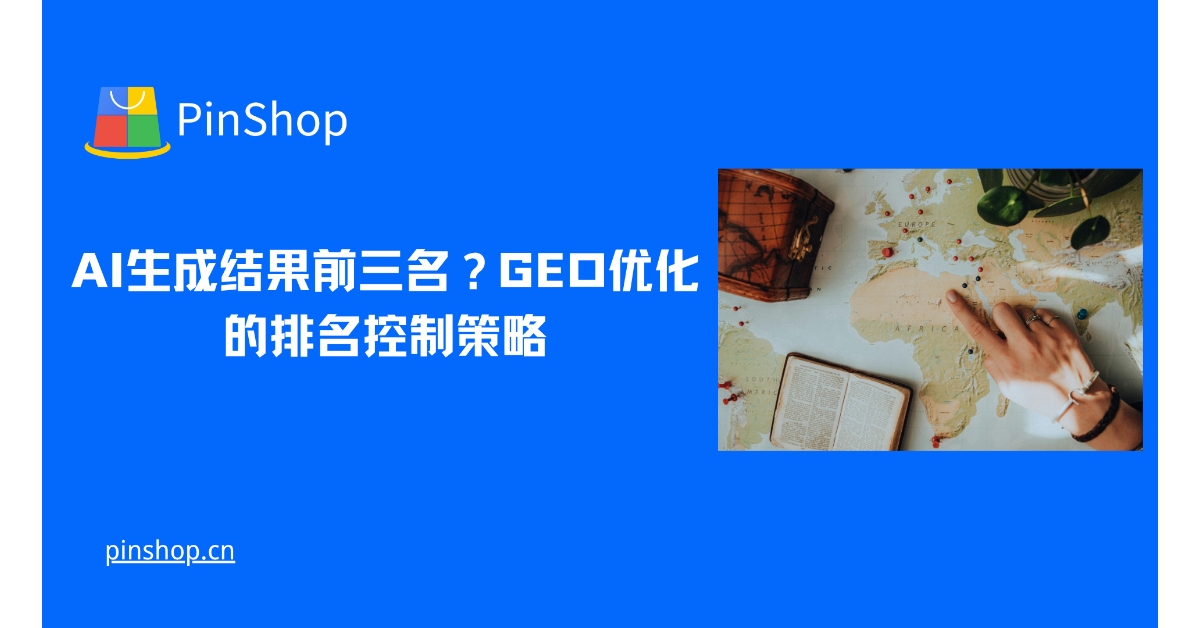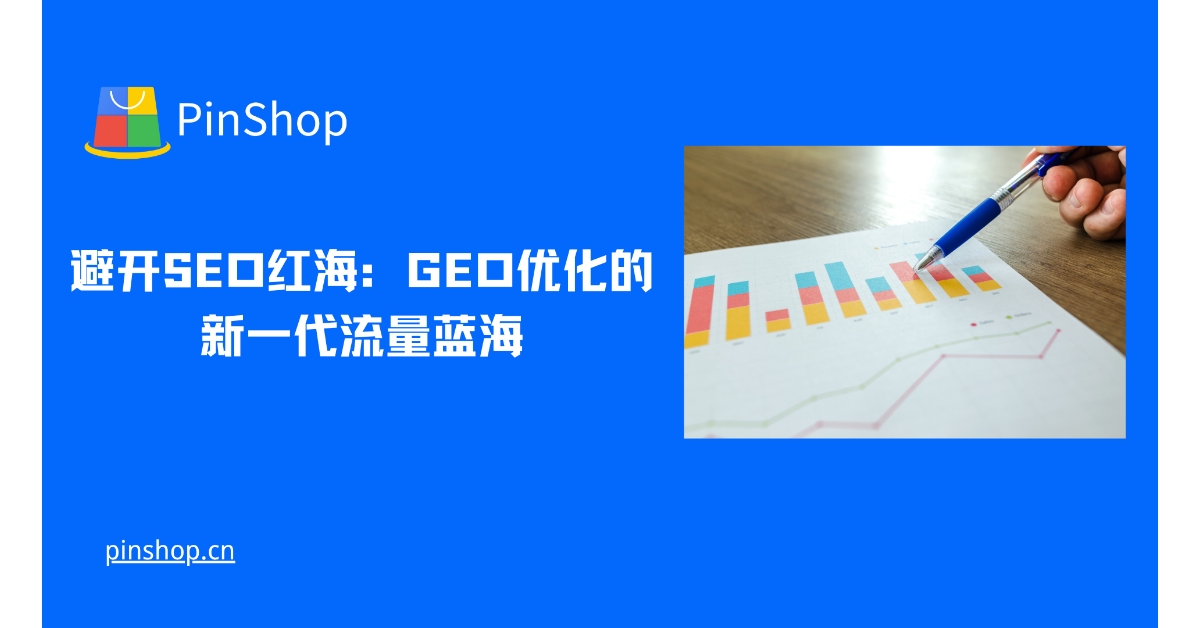Practical Tips for Cross-border SEO Optimization for Foreign Trade Website Construction
The root cause of a "lack of traffic" isn't a lack of posts, but rather an imbalance between technical foundation, content strategy, and localization . This article provides a practical, actionable cross-border SEO checklist to help foreign trade companies transform search traffic into a predictable source of leads.
1) Strengthening the technical foundation: Satisfying both search engines and users
Crawlable and Renderable : Prioritize server-side rendering (SSG/ISR) to ensure the HTML is visible on the first page. Unify sitemaps and
robots.txtfiles to minimize 404/301 redirects. For more information, refer to the crawling and indexing section of Google Search Central's SEO Getting Started Guide .Speed means ranking and conversion : streamline JS, enable HTTP/2/3, CDN edge caching, image adaptation and lazy loading, and continuously monitor Core Web Vitals (LCP/INP/CLS).
Structured data : Use Schema.org to mark product pages, FAQ pages, and article pages as
Product,FAQPage,Article, etc. to improve rich result display and CTR.
2) Keyword localization: not literal translation, but “local purchasing language”
Market segmentation : Split the vocabulary by country/language, taking into account both industry terminology and buyer colloquialisms; the same product can be referred to very differently in different markets (e.g., "stainless steel fastener" vs. "inox bolt").
Page-level intent matching : Each page carries only one main purpose (question, comparison, order/inquiry), and the title and H1 are aligned with this purpose to avoid mixing multiple purposes.
Multilingual rules : URLs should be clearly separated by directories or subdomains, and
hreflang, localized dates/measurements, and typography should all be correctly implemented. Refer to W3C International's Multilingual and Localization Best Practices .
3) Information Architecture and Internal Links: Weaving “Topic Clusters” into a Network
Topic center page (Hub) : Build a Hub around "product line/industry scenario/solution", aggregate it into sub-texts (guides, cases, parameters, FAQ), and form a semantic closed loop .
Three-layer internal links : Hub ⇆ sub-article, mutual links between sub-articles on the same layer, and sub-article backlinks to product/inquiry pages; anchor text uses "question + product words" to naturally describe to avoid stacking.
FAQ module : Embed 3-5 "real questions from buyers" on the core page, answer them in the form of Q&A and mark them with
FAQPage.

4) High-Conversion Content: Addressing Buyers’ Decision-Making Anxiety
Proof chain : specification parameter table, test report, application condition diagram, delivery cycle, after-sales policy and downloadable white paper; make "evidence" into modules and reuse them on related pages.
Local social media and videos : Short videos demonstrating installation/scene comparisons can increase retention and return visits; content on overseas platforms should be bidirectionally linked to the on-site landing page.
CTA design : Provide multiple paths on the same page, such as "Quick Inquiry", "Get a Quote", and "Download Catalog", to reduce bounces.
5) Continuous evaluation and revision rhythm
Search Console + behavioral data : Review impressions/clicks/average ranking every two weeks, identify high- and low-ranking keywords, and prioritize rewriting titles and first paragraphs; combine event tracking with form conversion monitoring.
Content AB test : Clickbait is ineffective, the value proposition of the first screen + differentiated selling points can best drive CTR; adding "comparison/filter" to the list page can significantly reduce second-hop loss.
Versioning and history protection : Important revisions retain 301 mappings of old URLs to avoid "falling off a cliff in inclusion."
CTA | Use Pinshop to turn cross-border SEO into an automated growth engine
Pinshop uses React + Next.js and a global acceleration network. It natively supports static publishing, structured data injection, multilingual hreflang , keyword analysis, and AI writing . It also includes built-in inquiry tracking and 3D product display. Contact Pinshop now to get your cross-border SEO diagnosis and growth plan .

【Extended Reading】
How to use AI writing to increase website traffic in foreign trade website building






